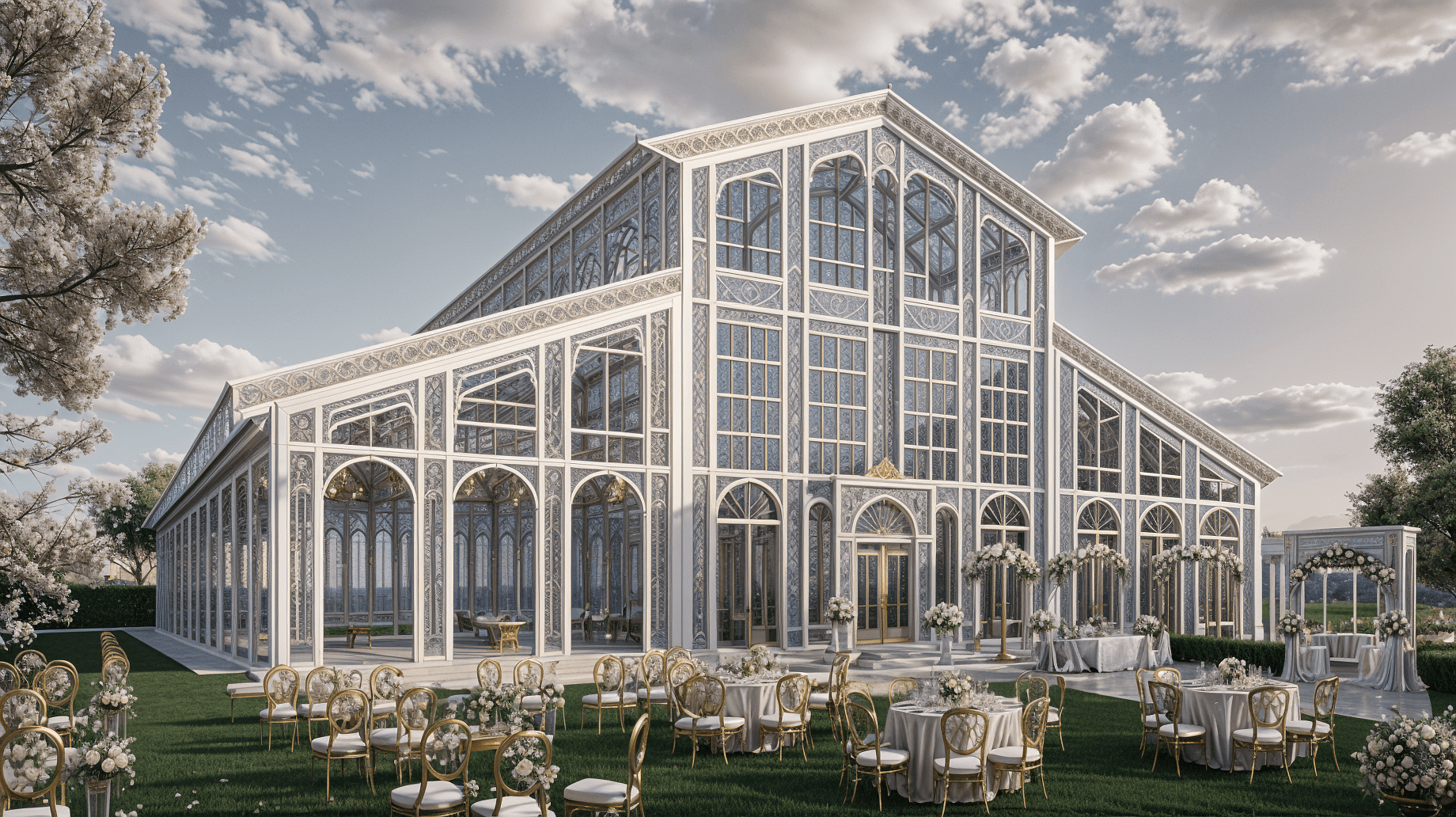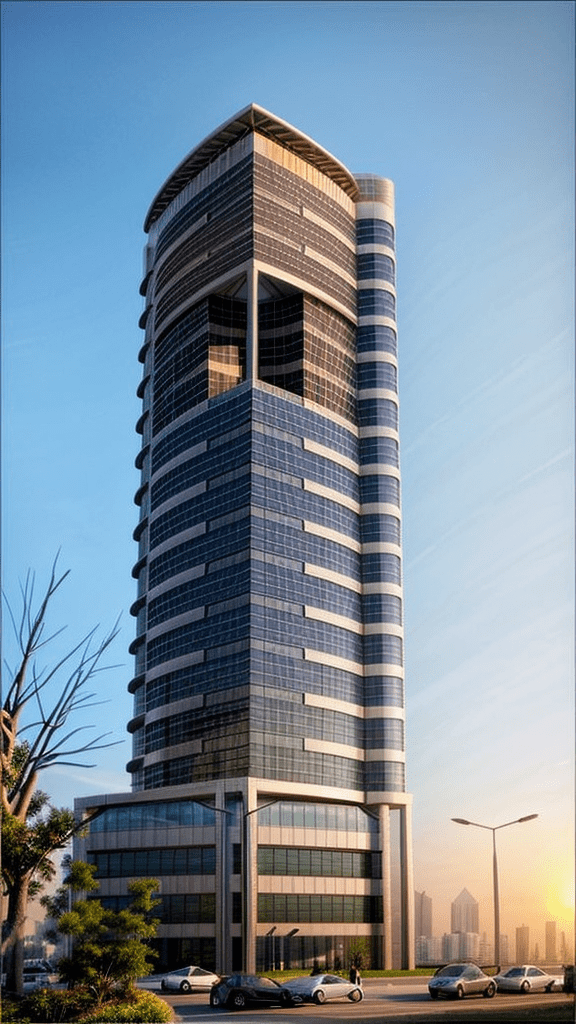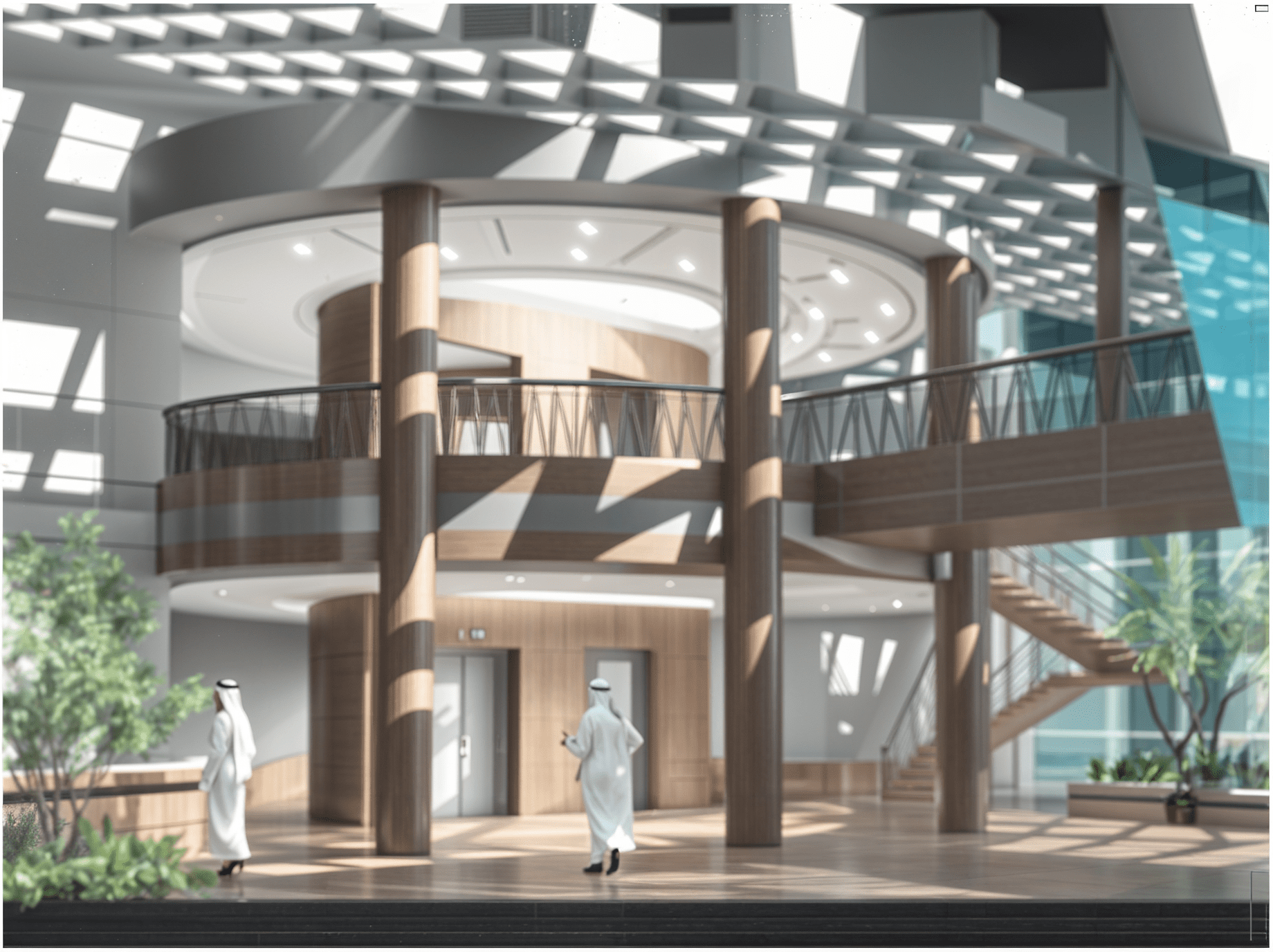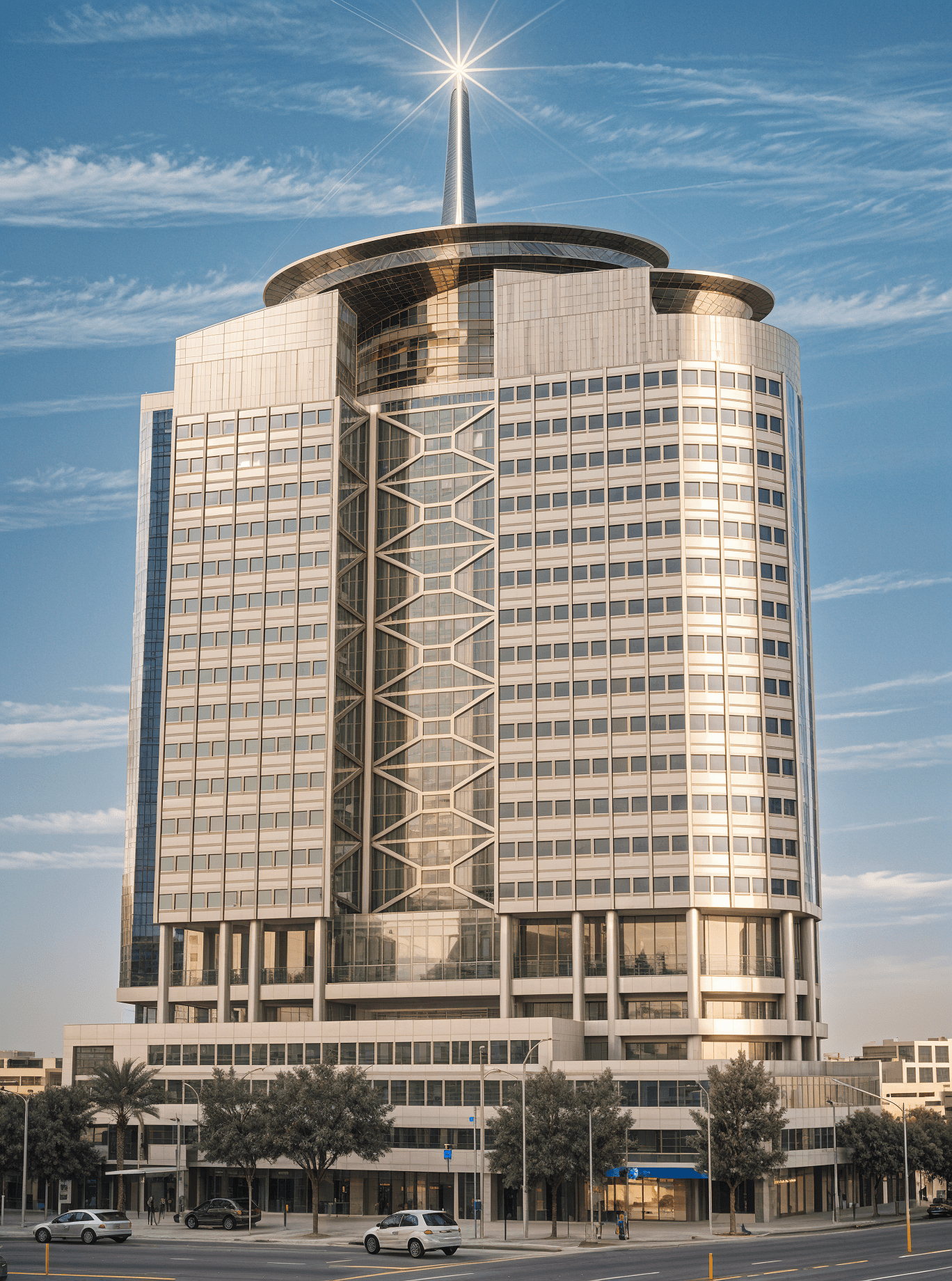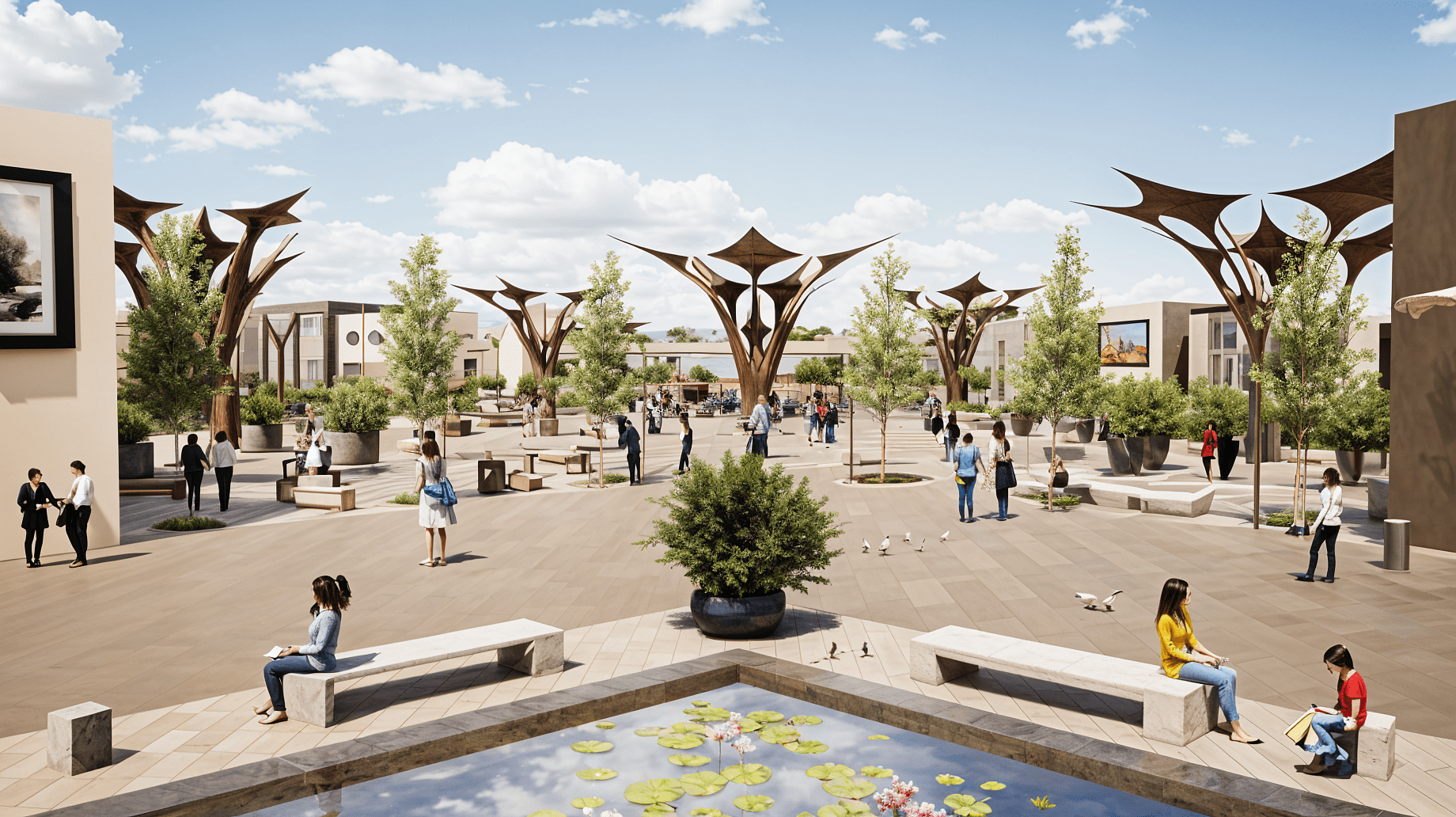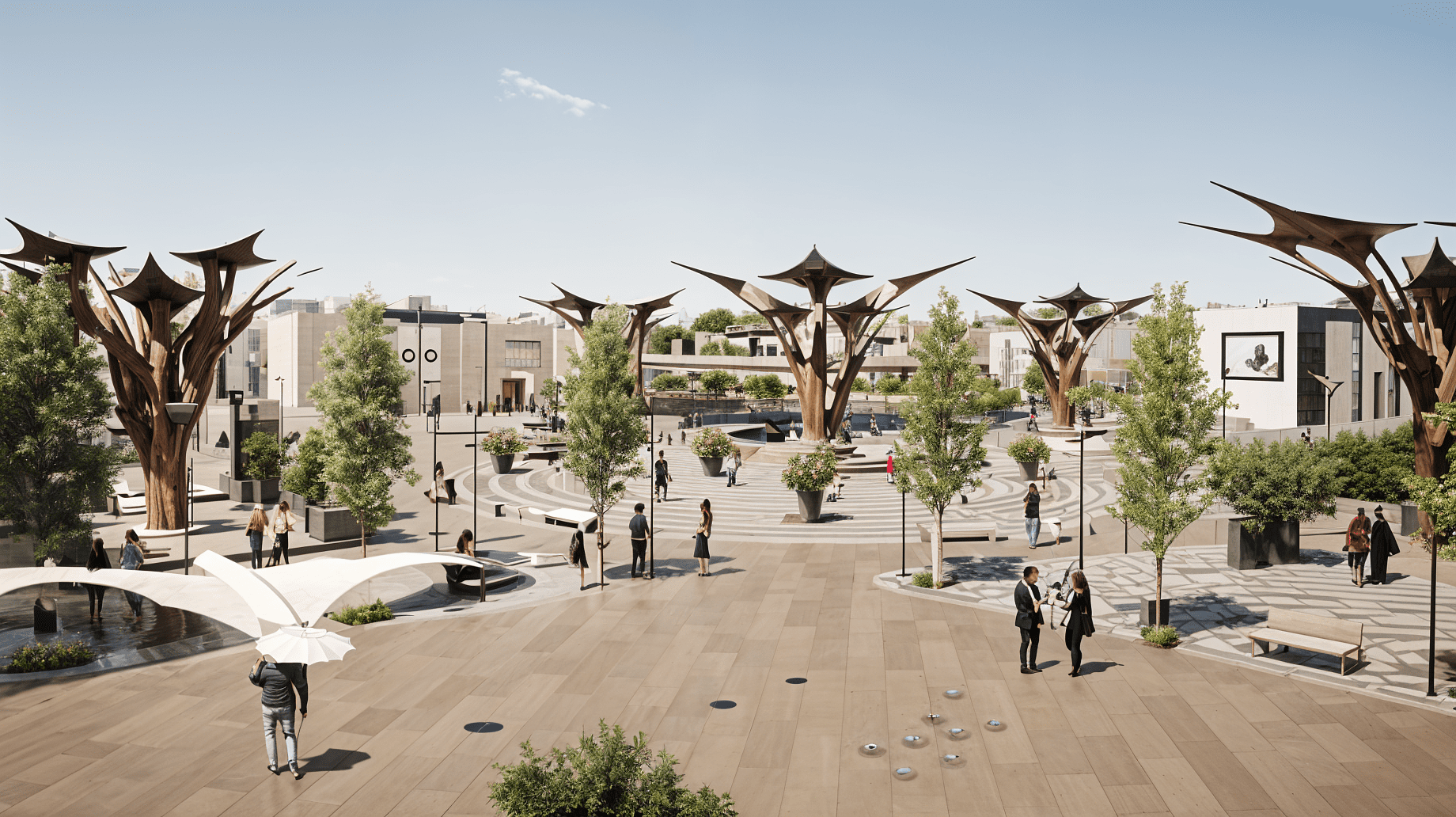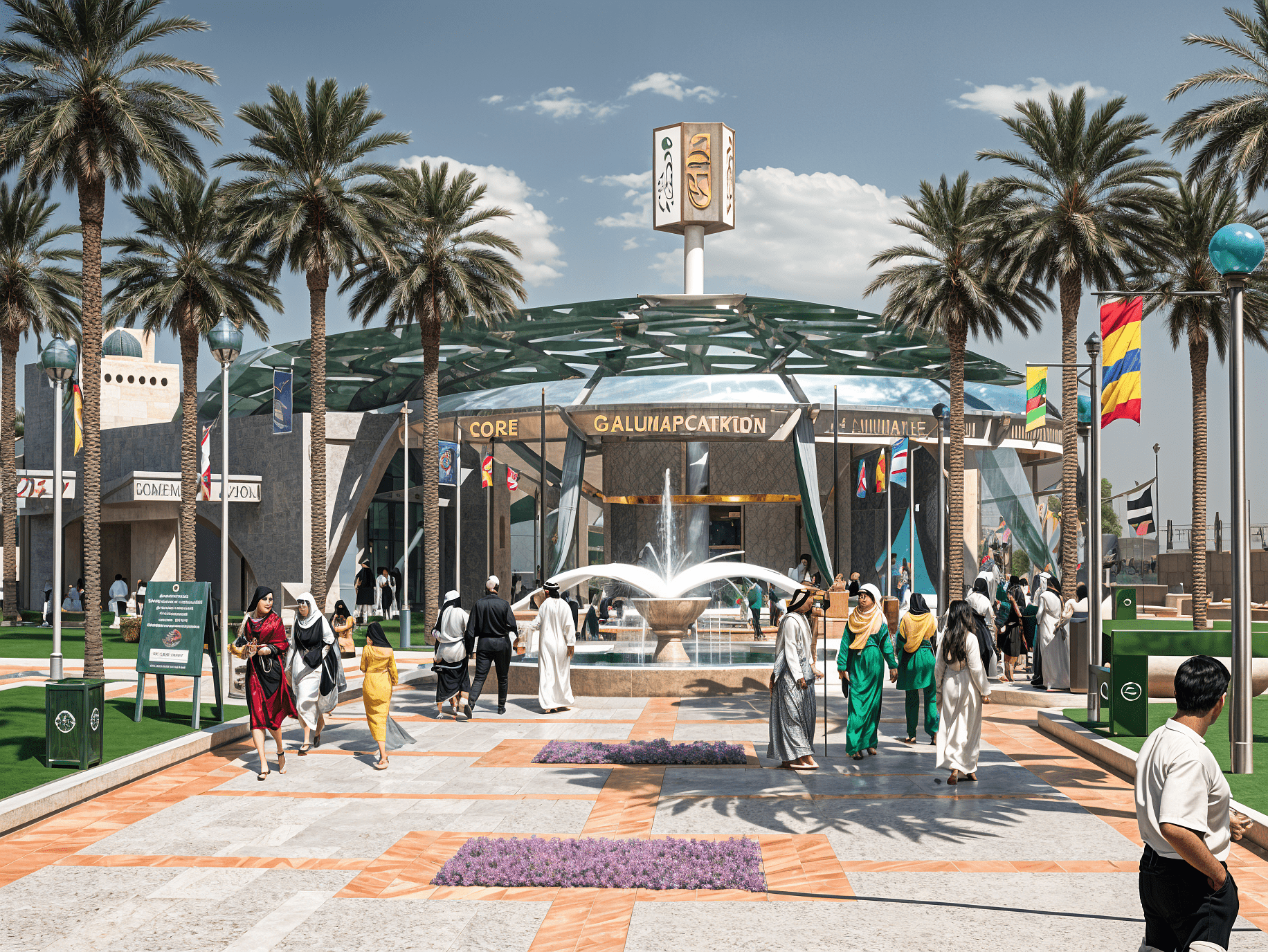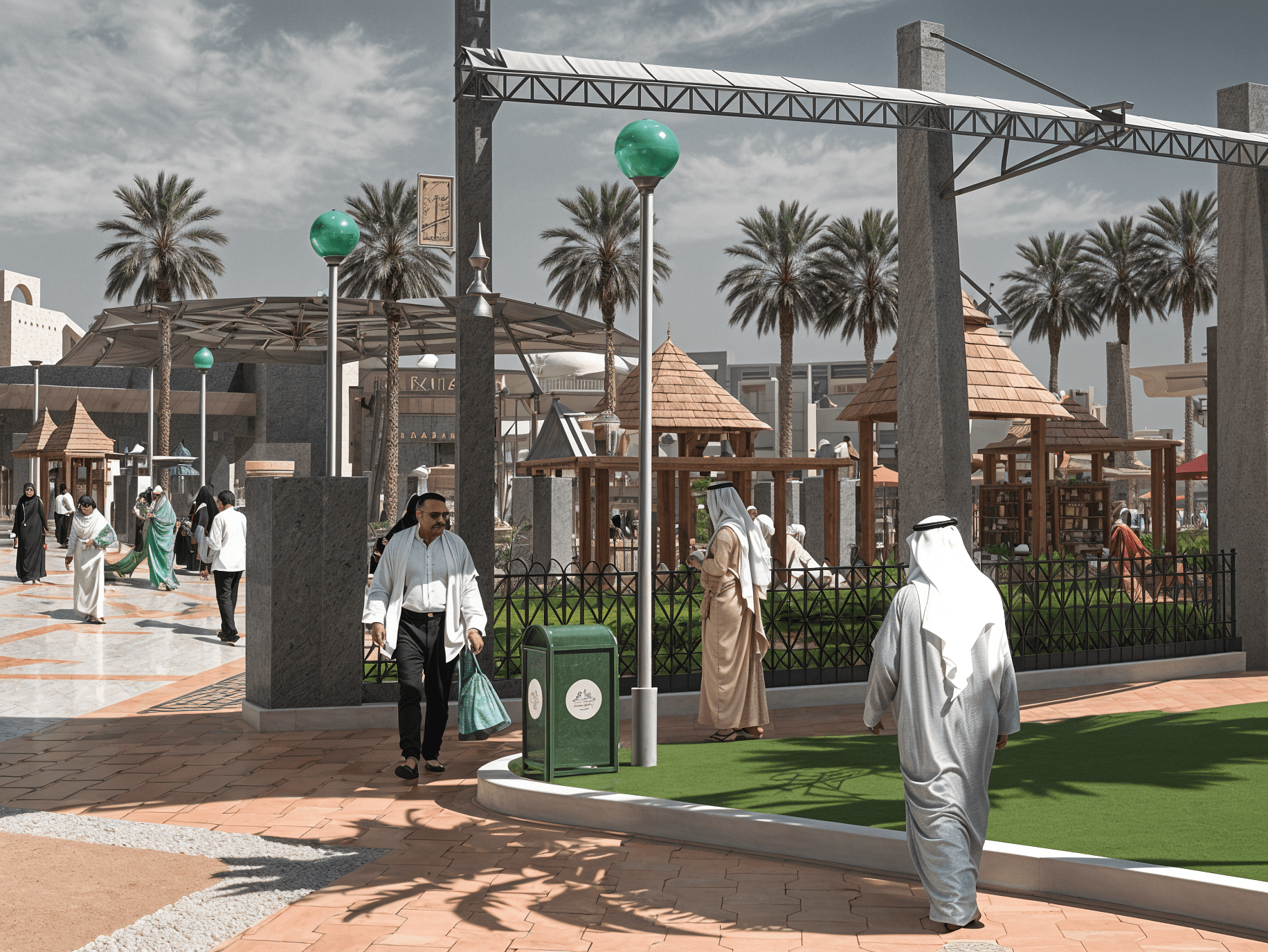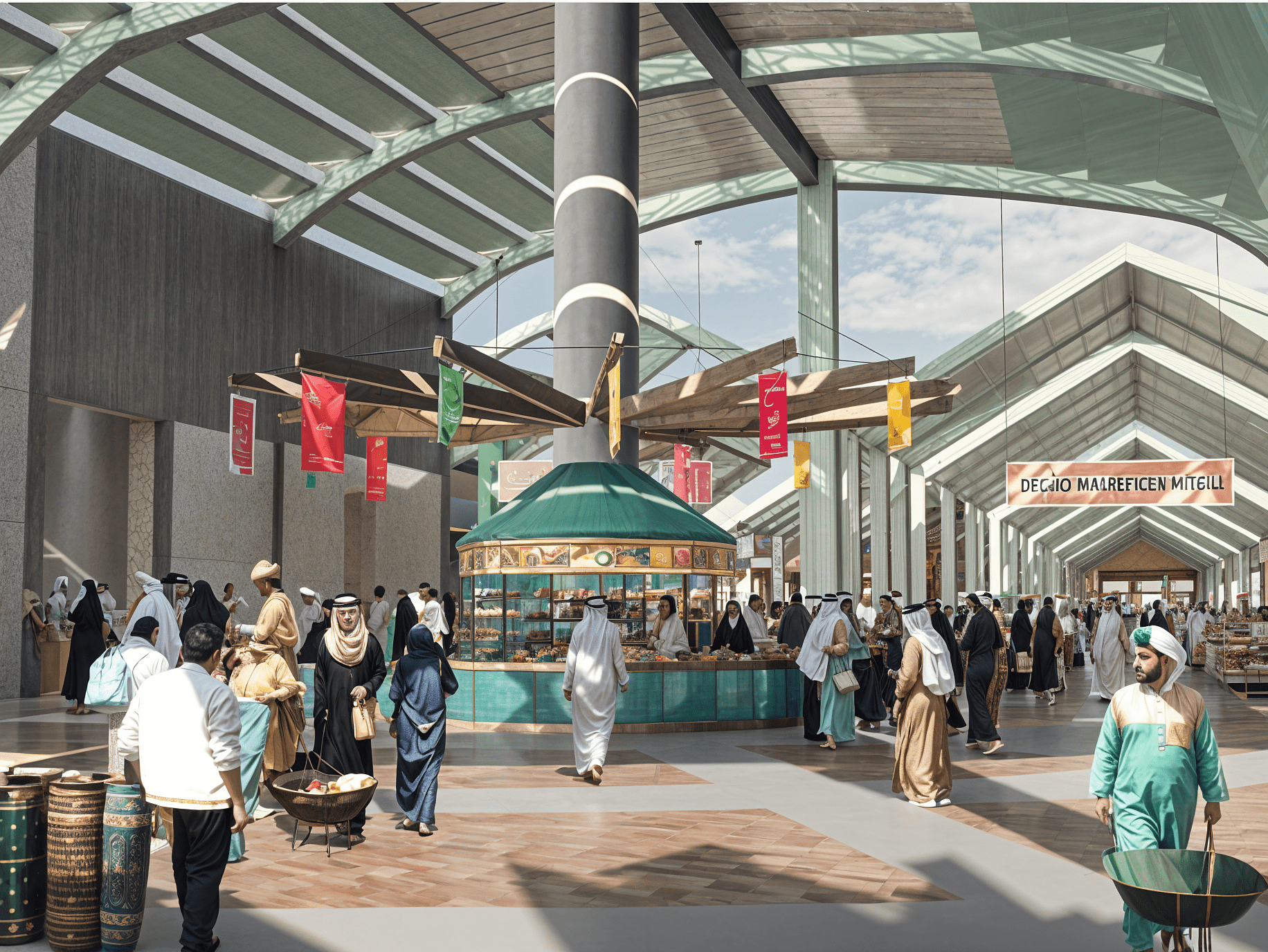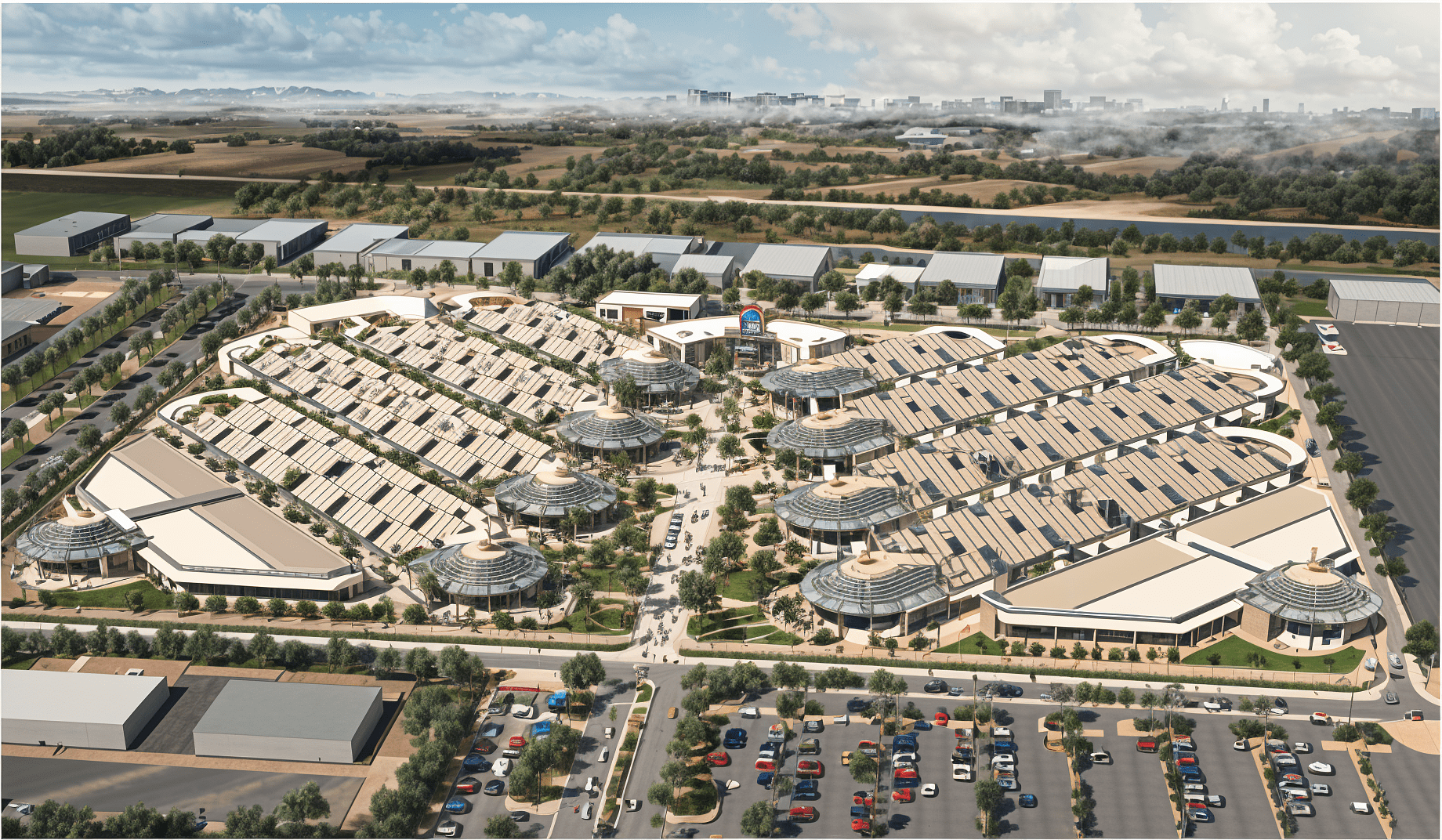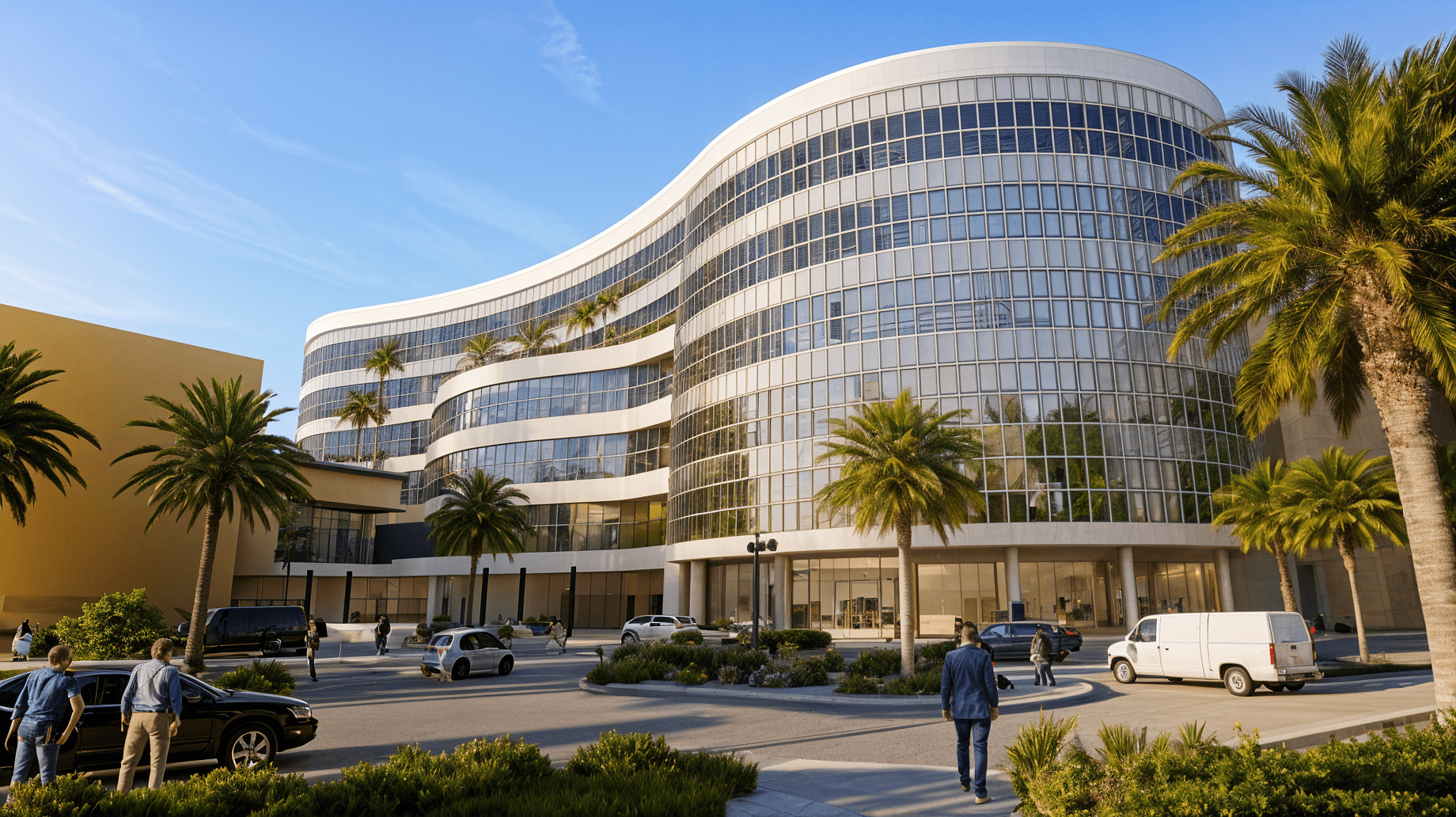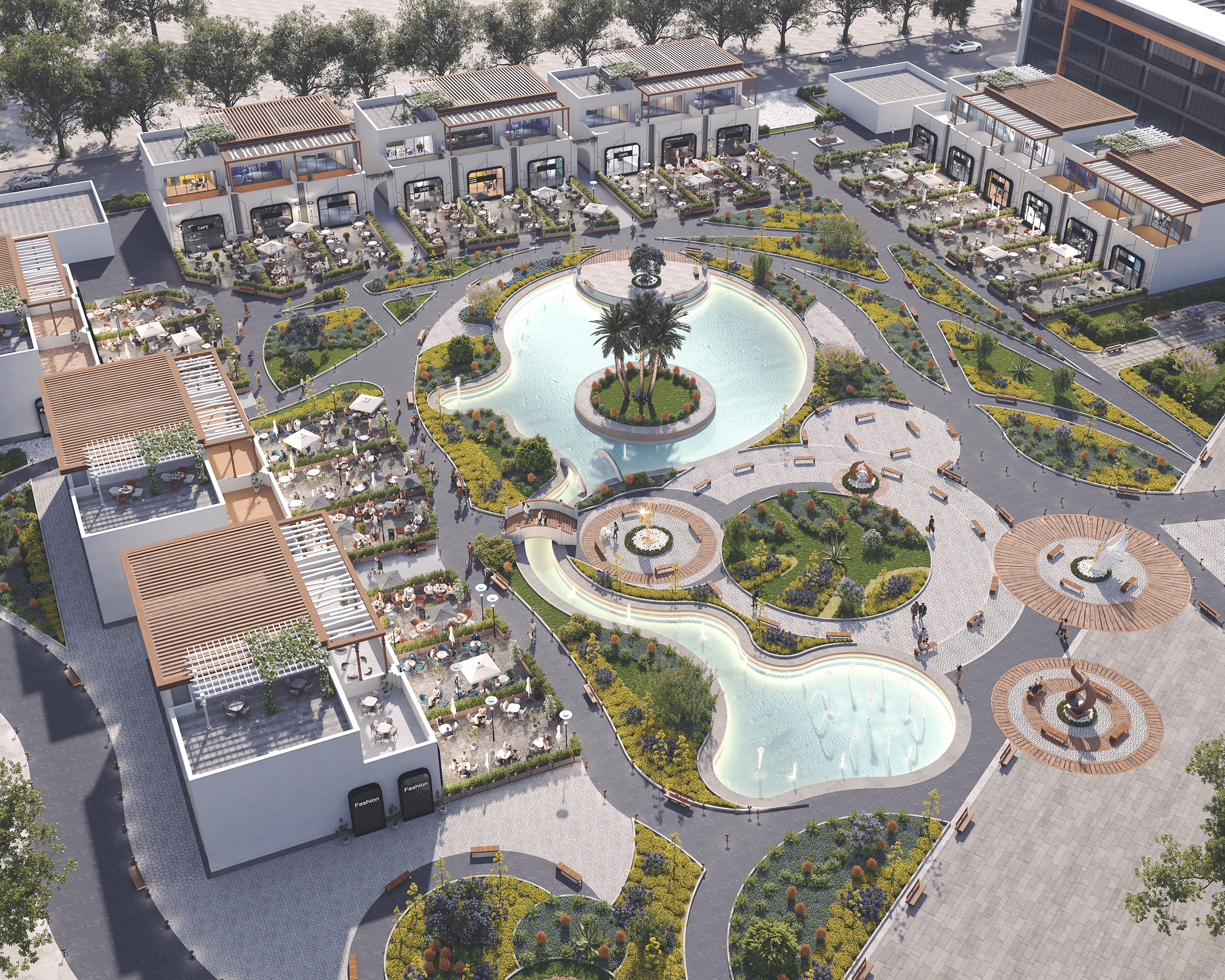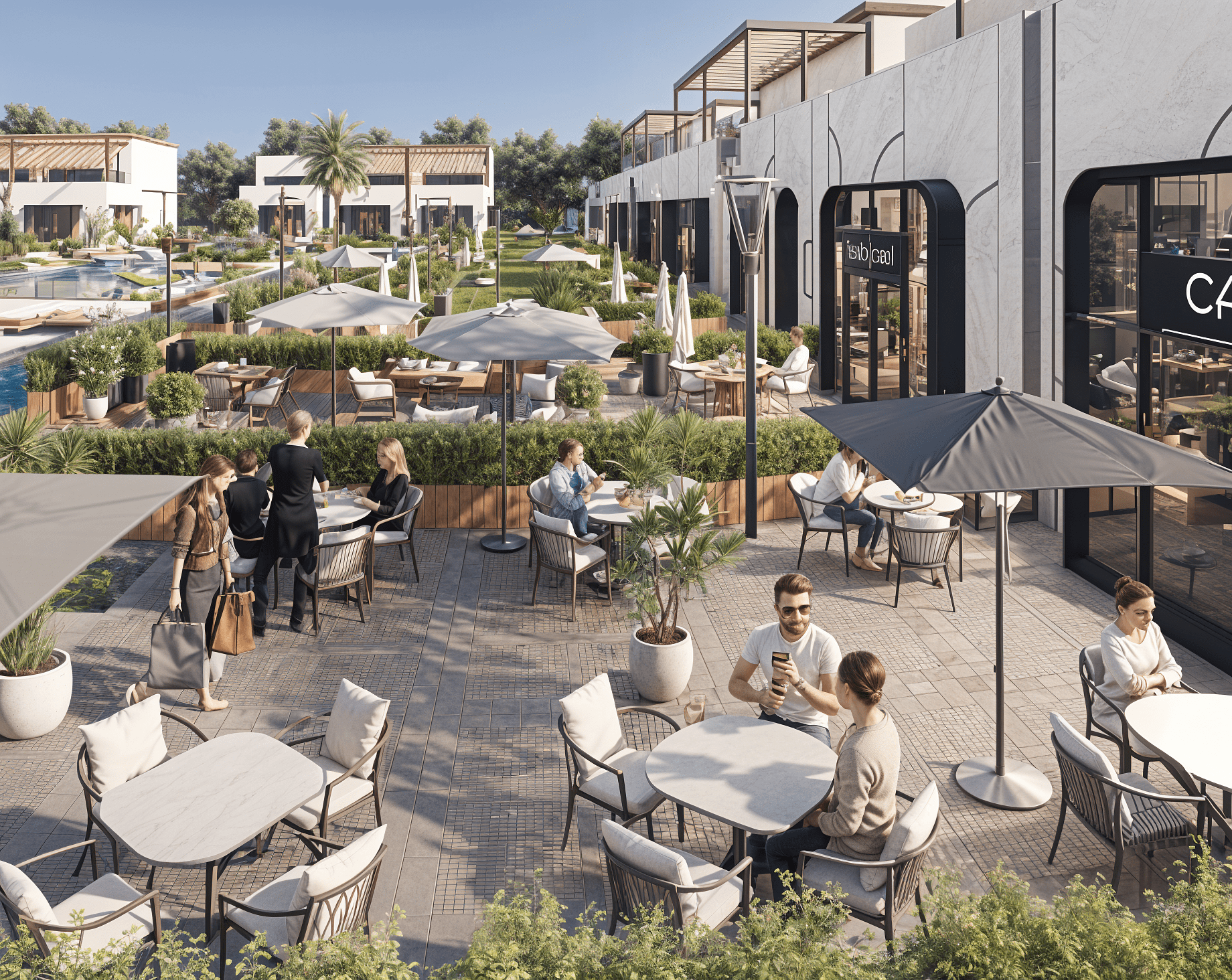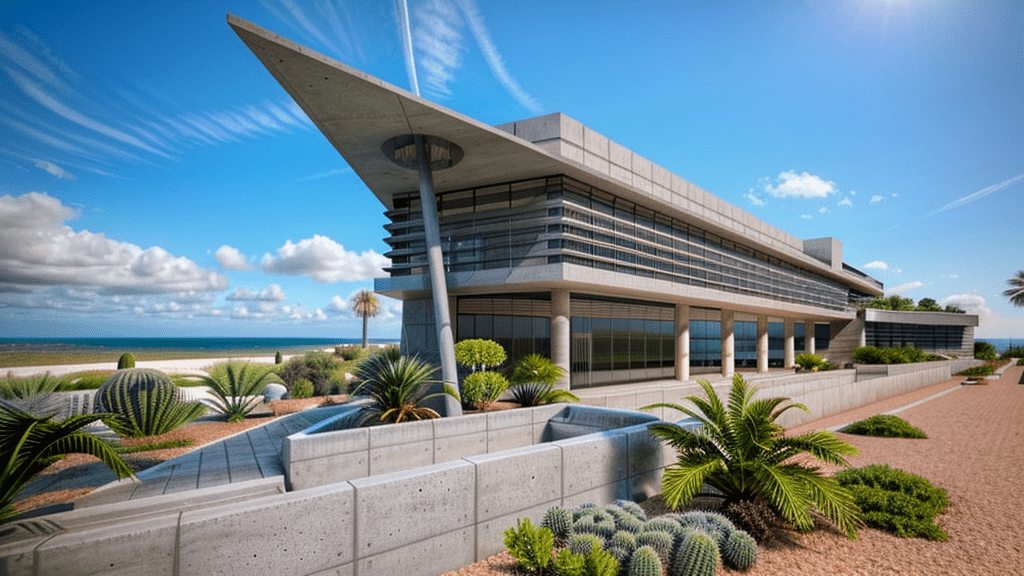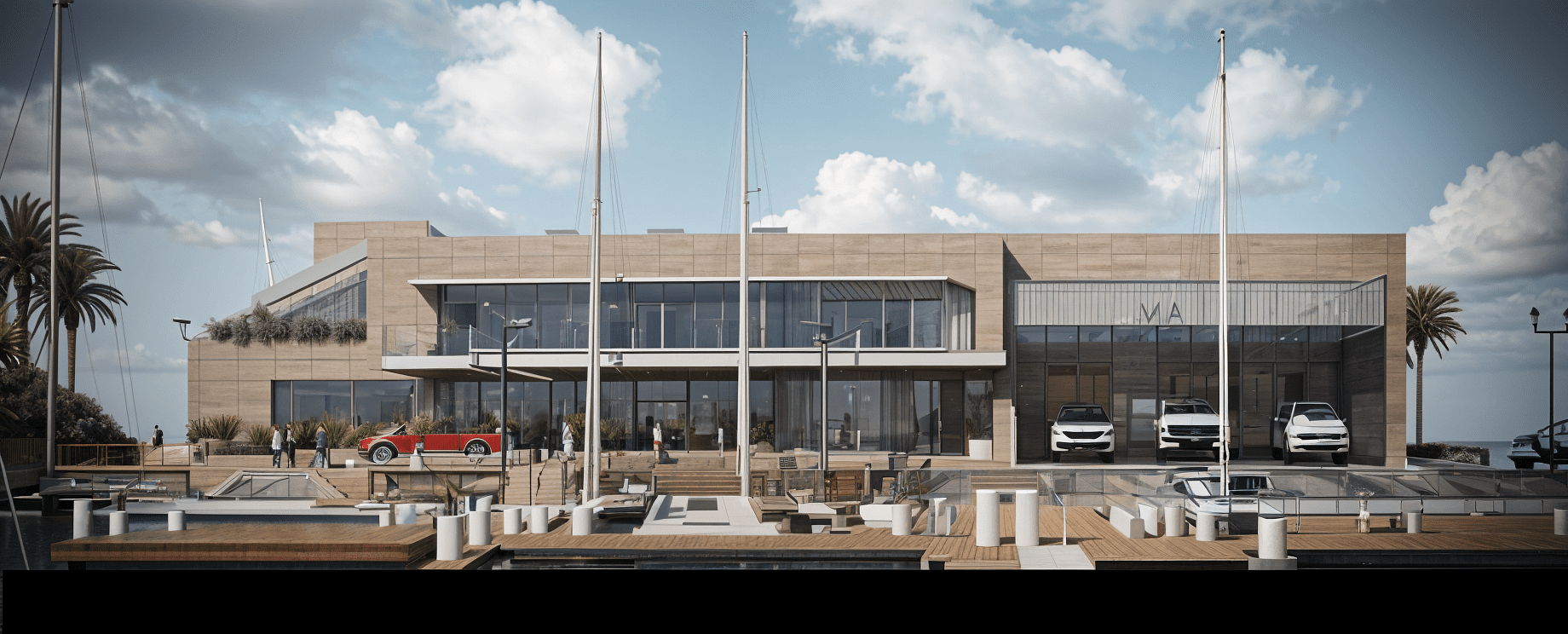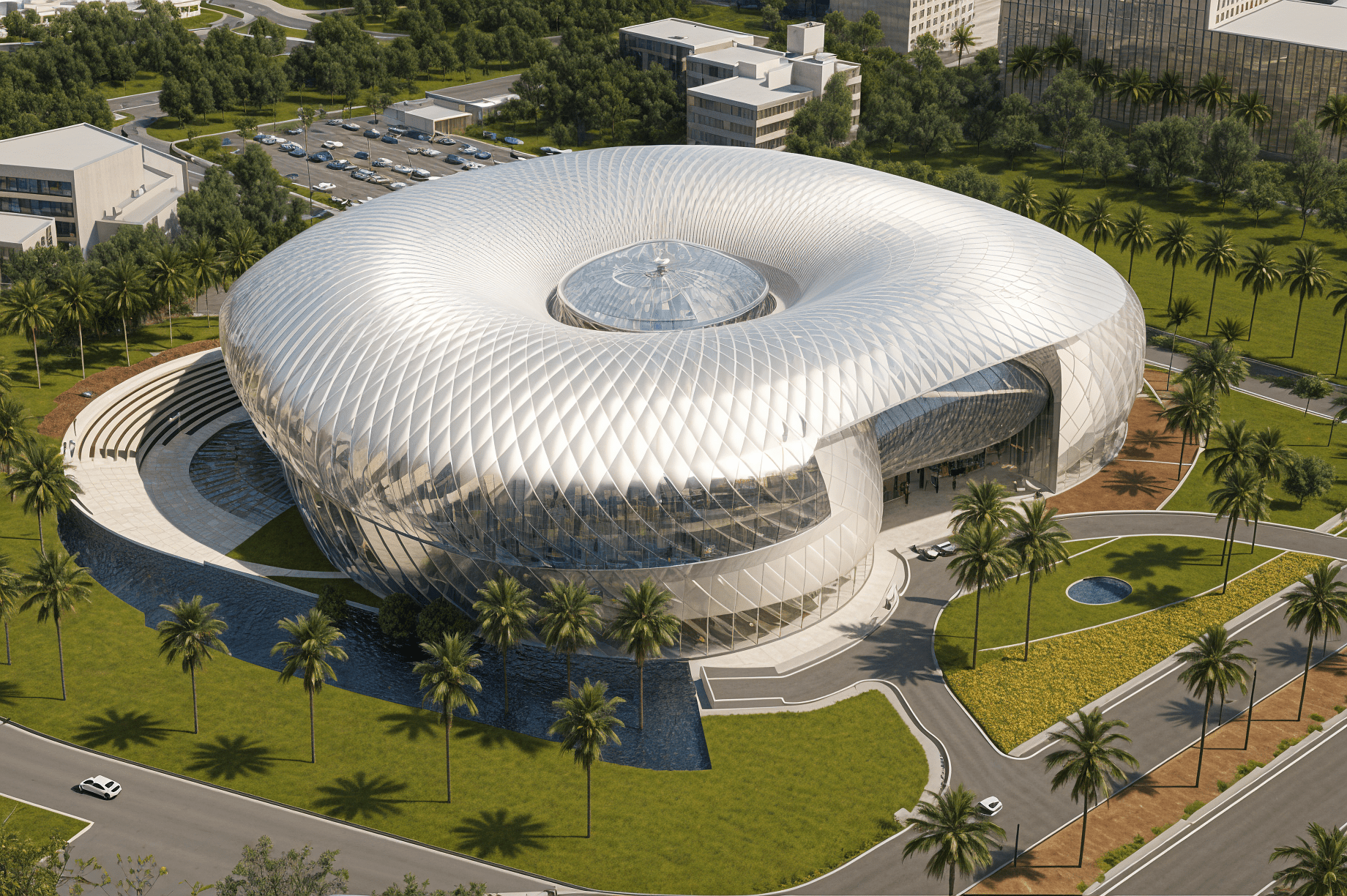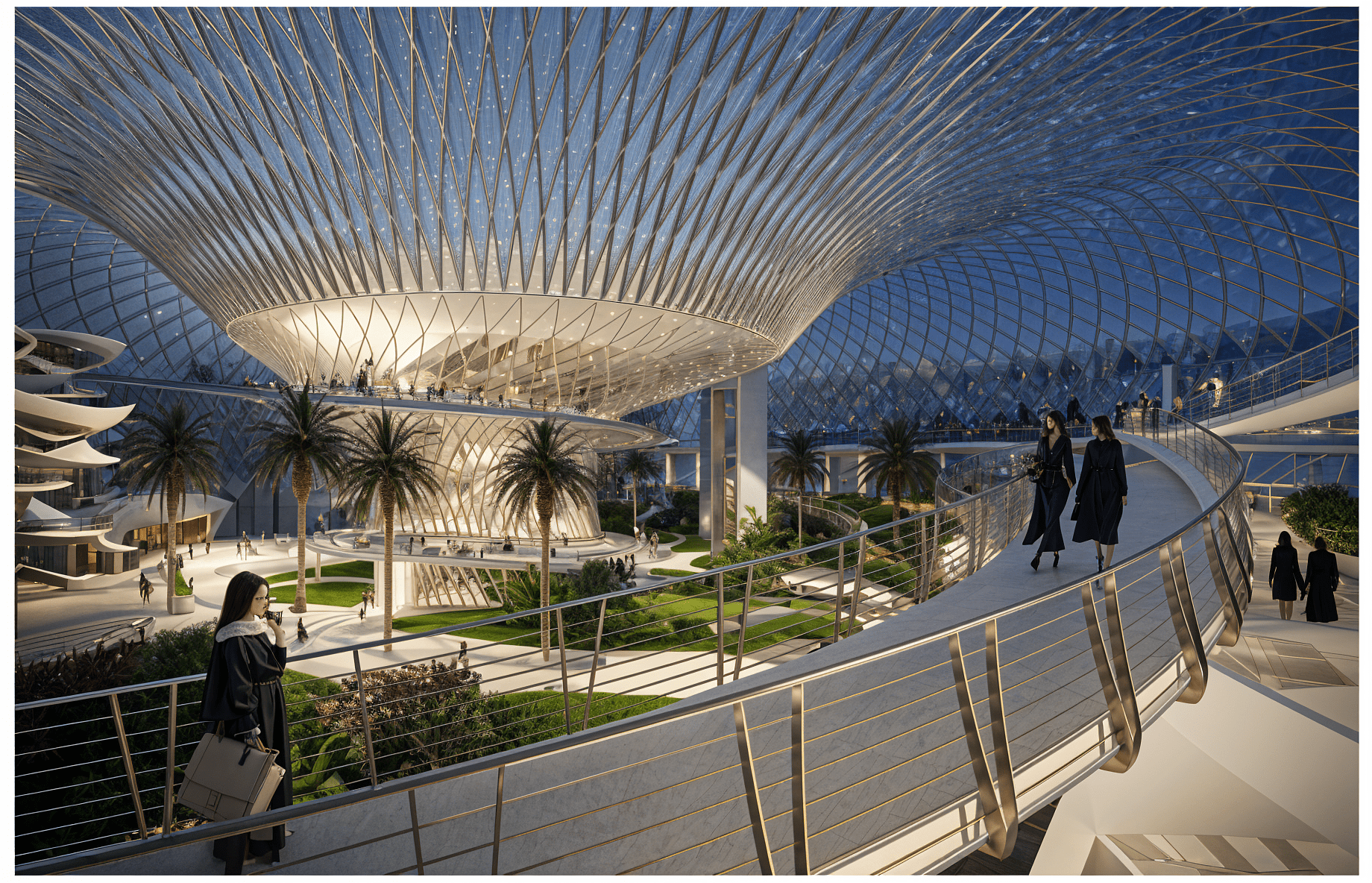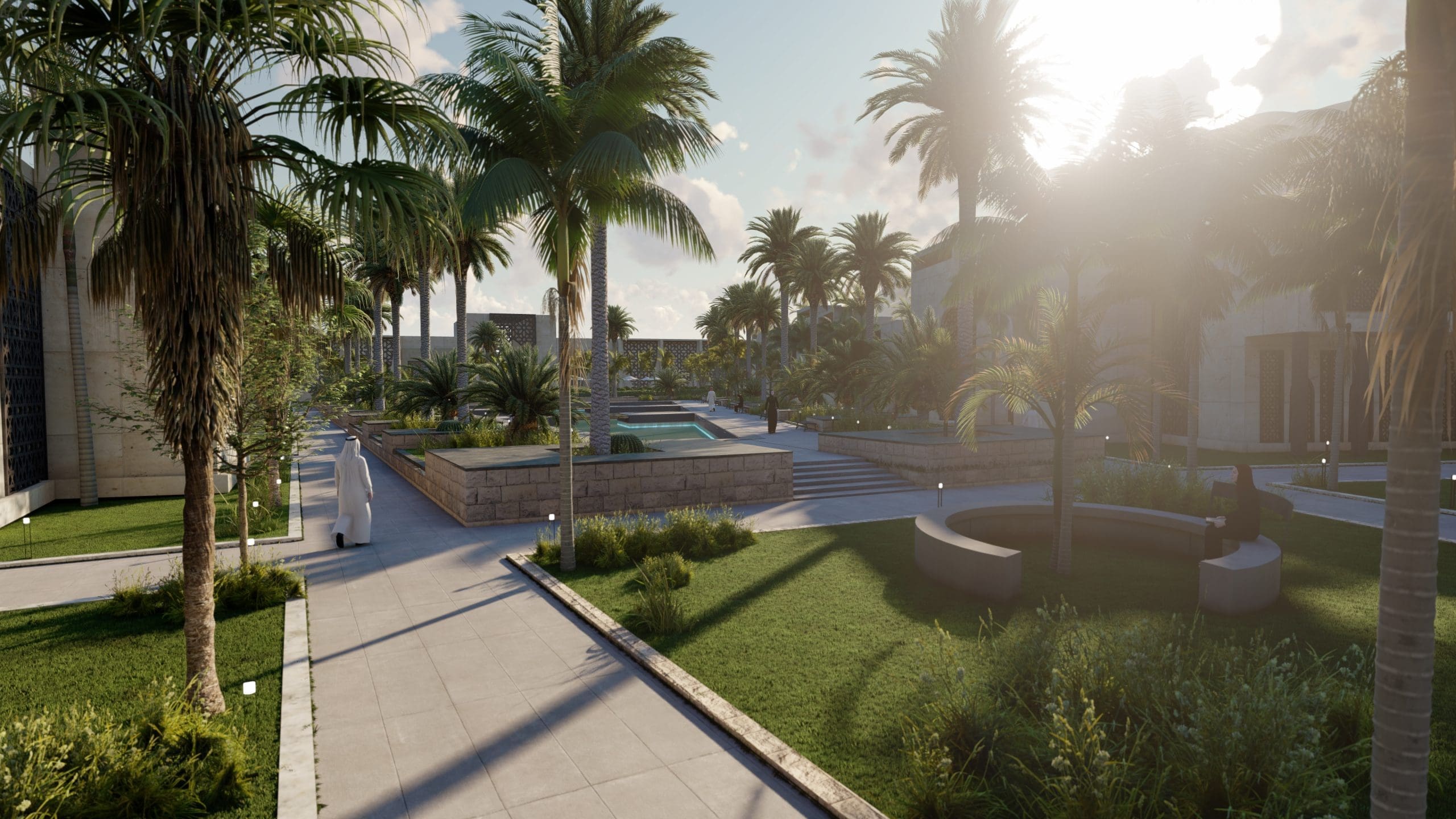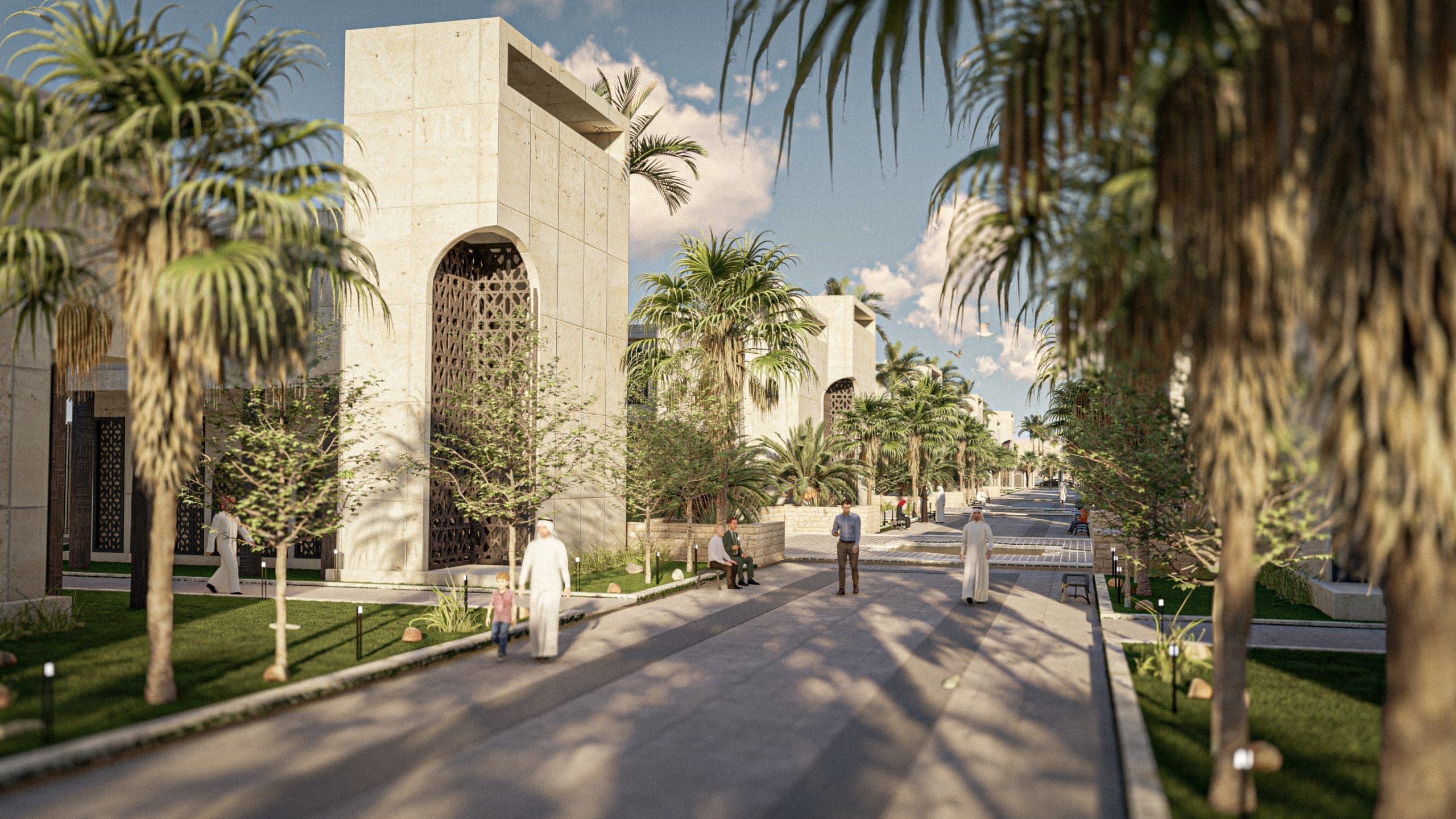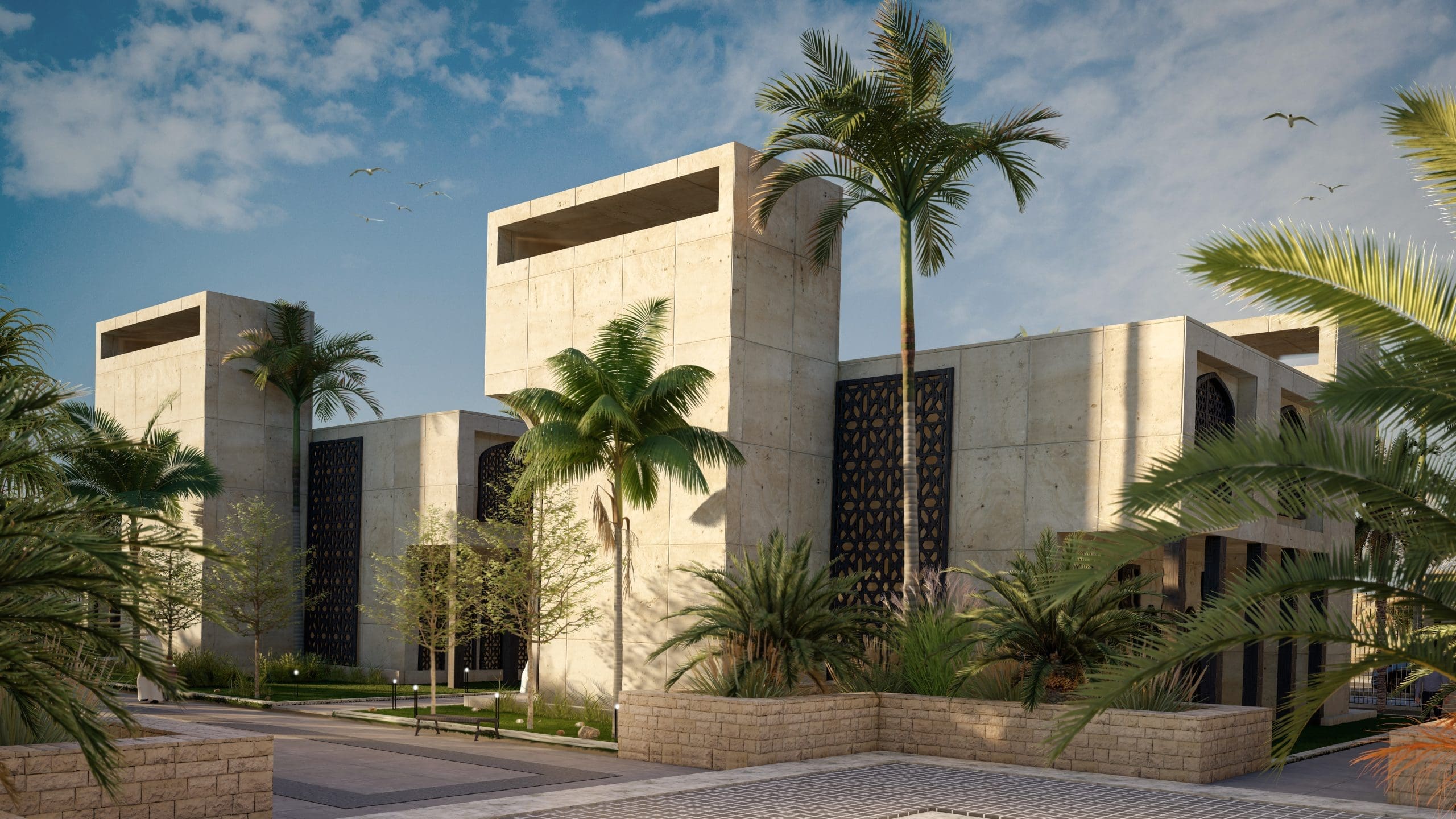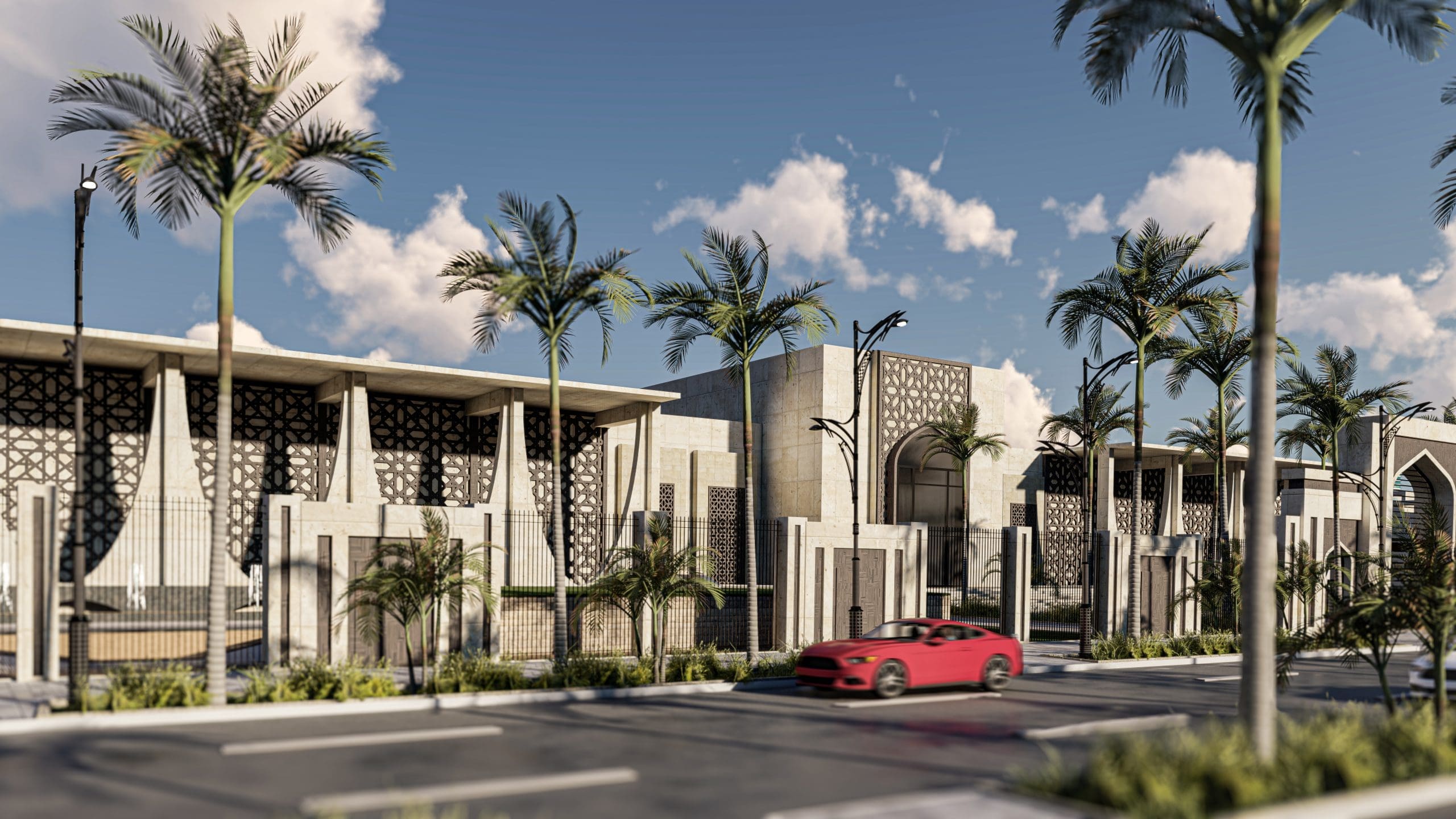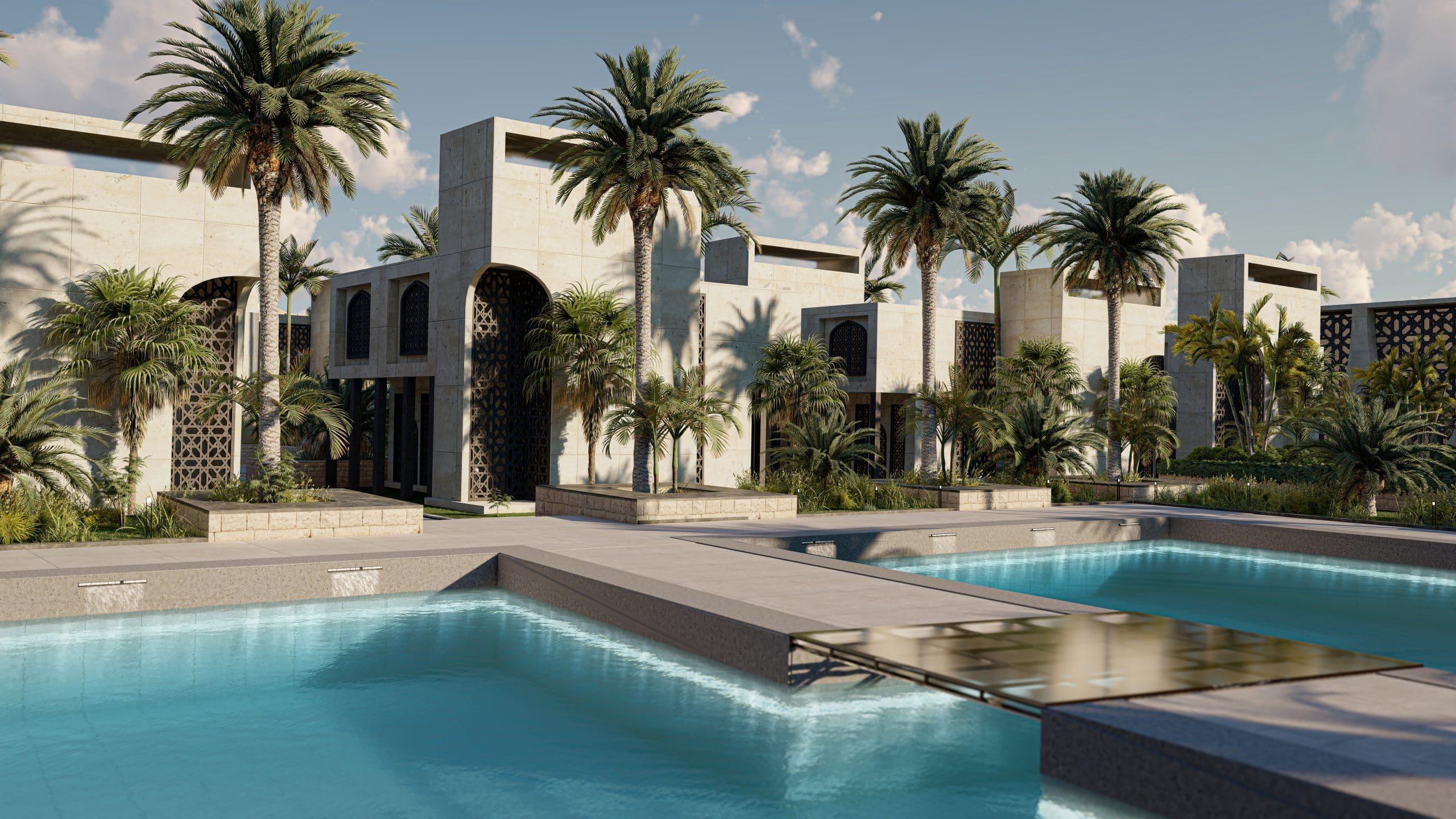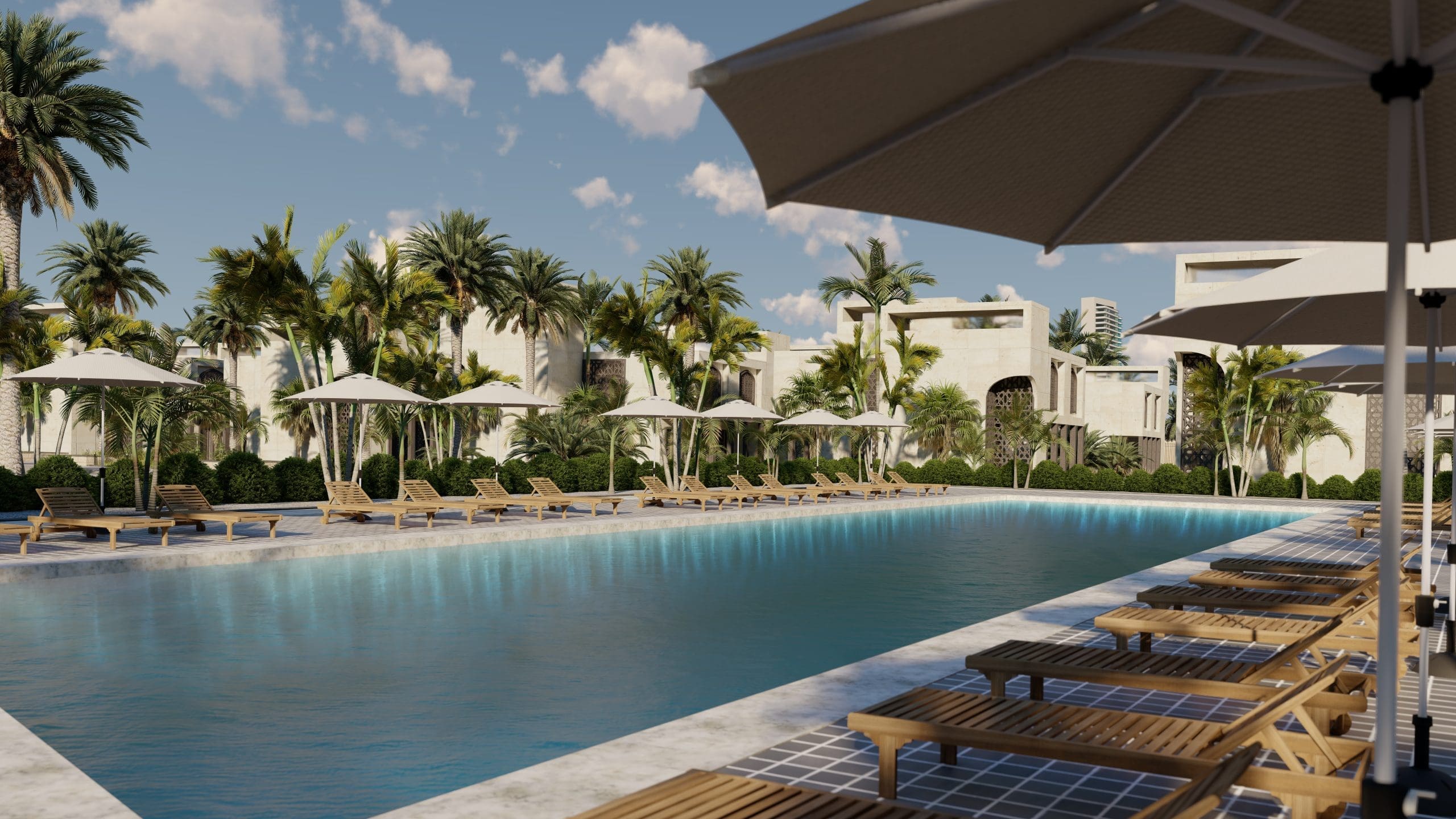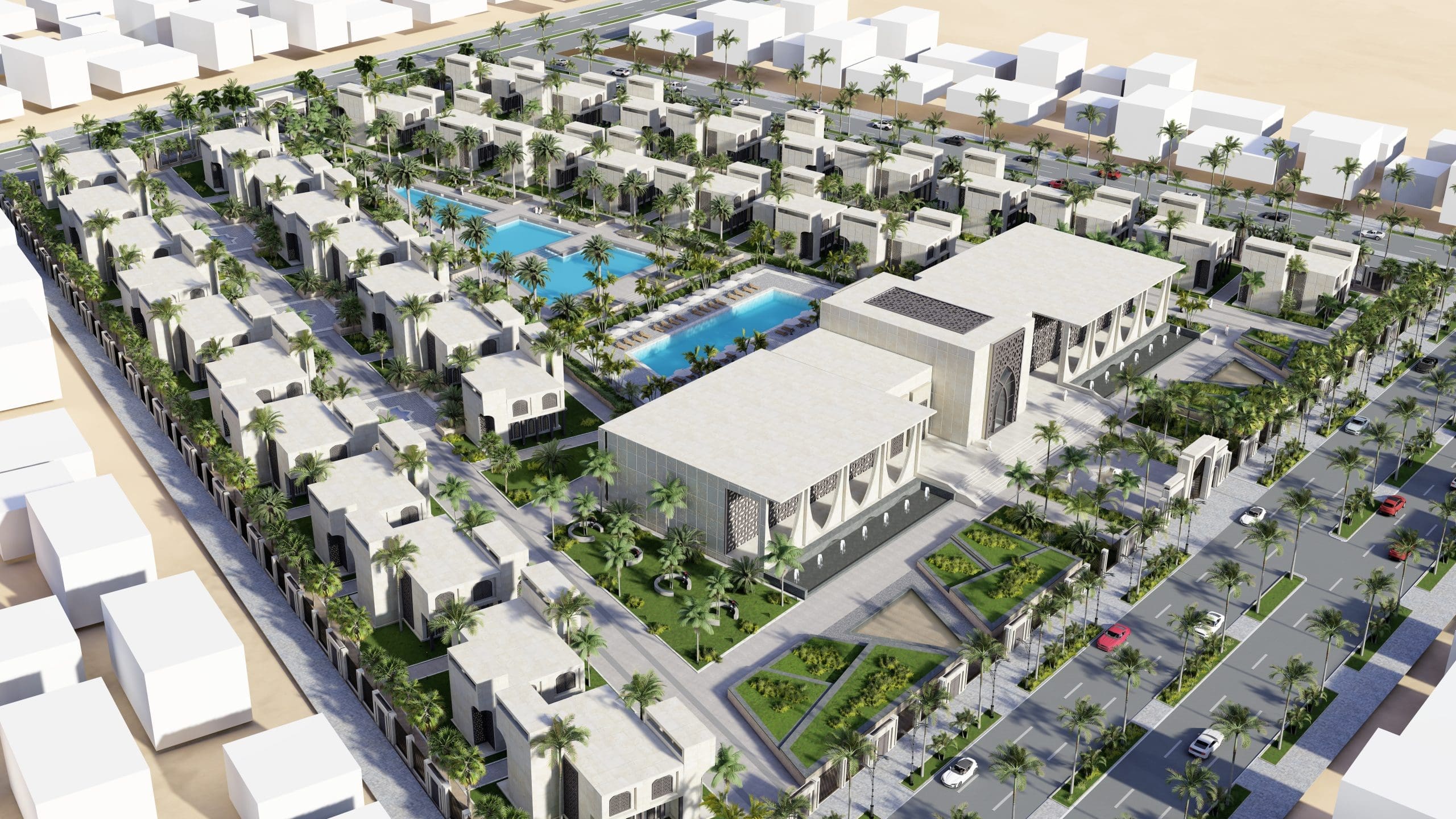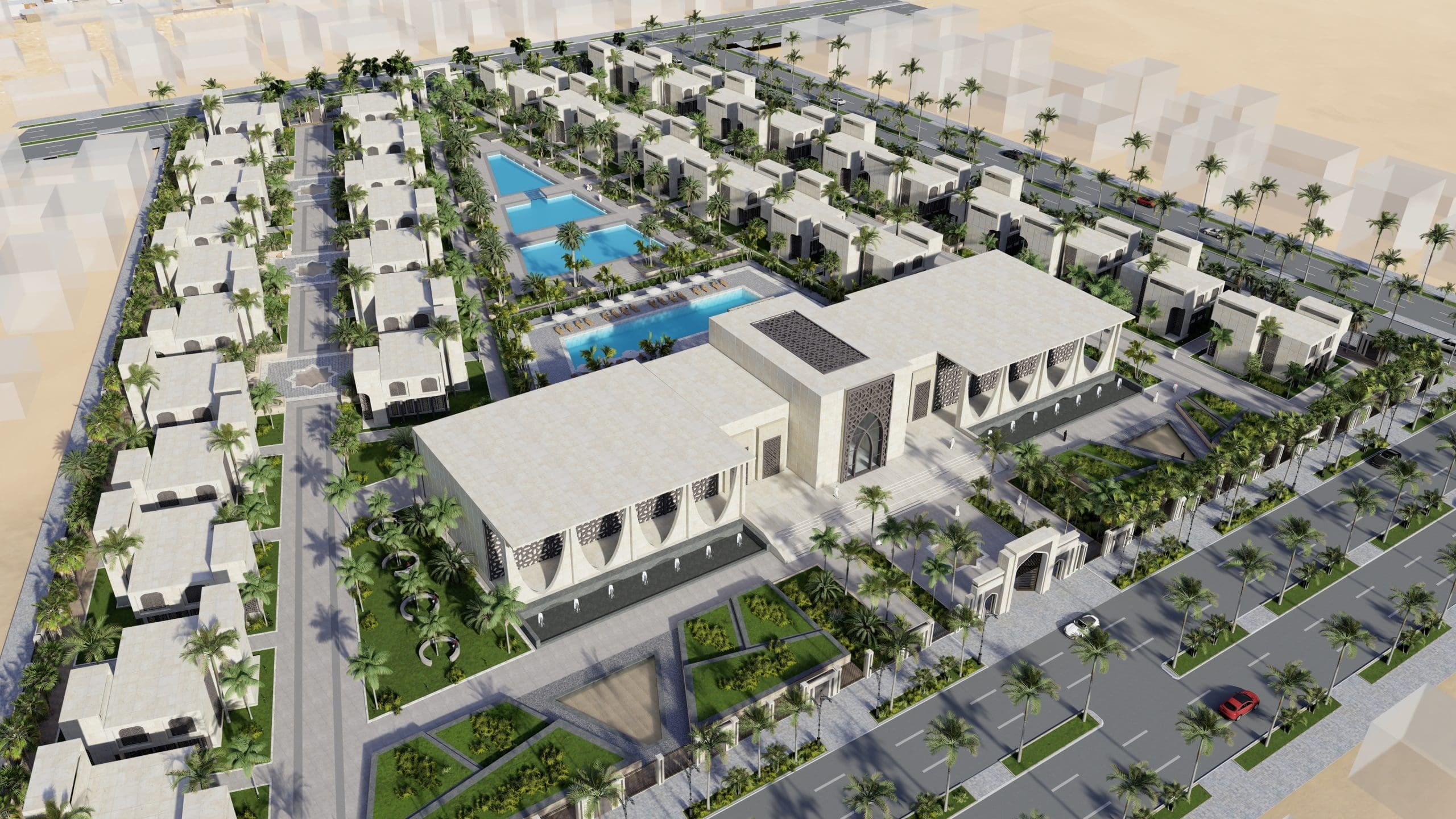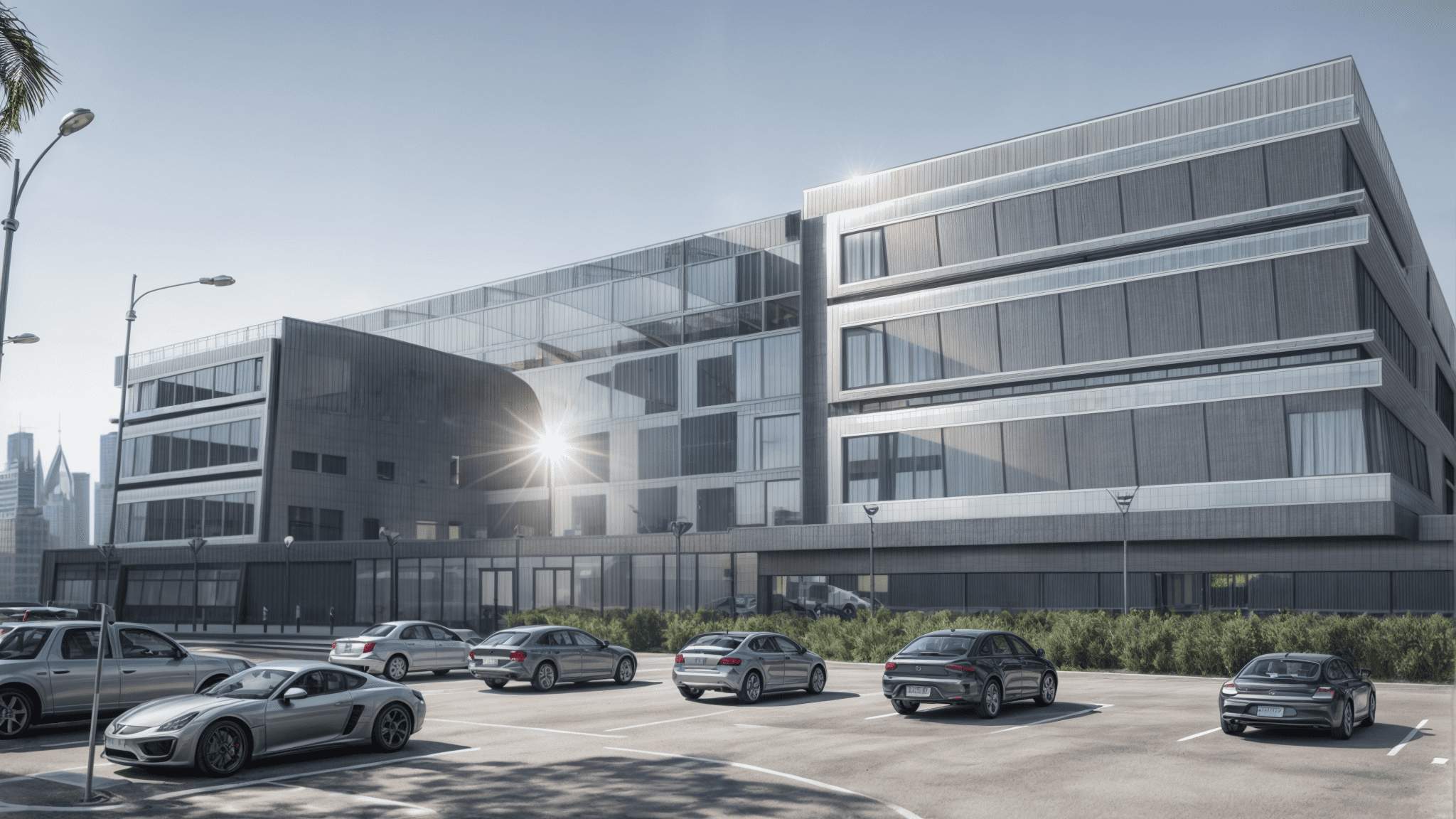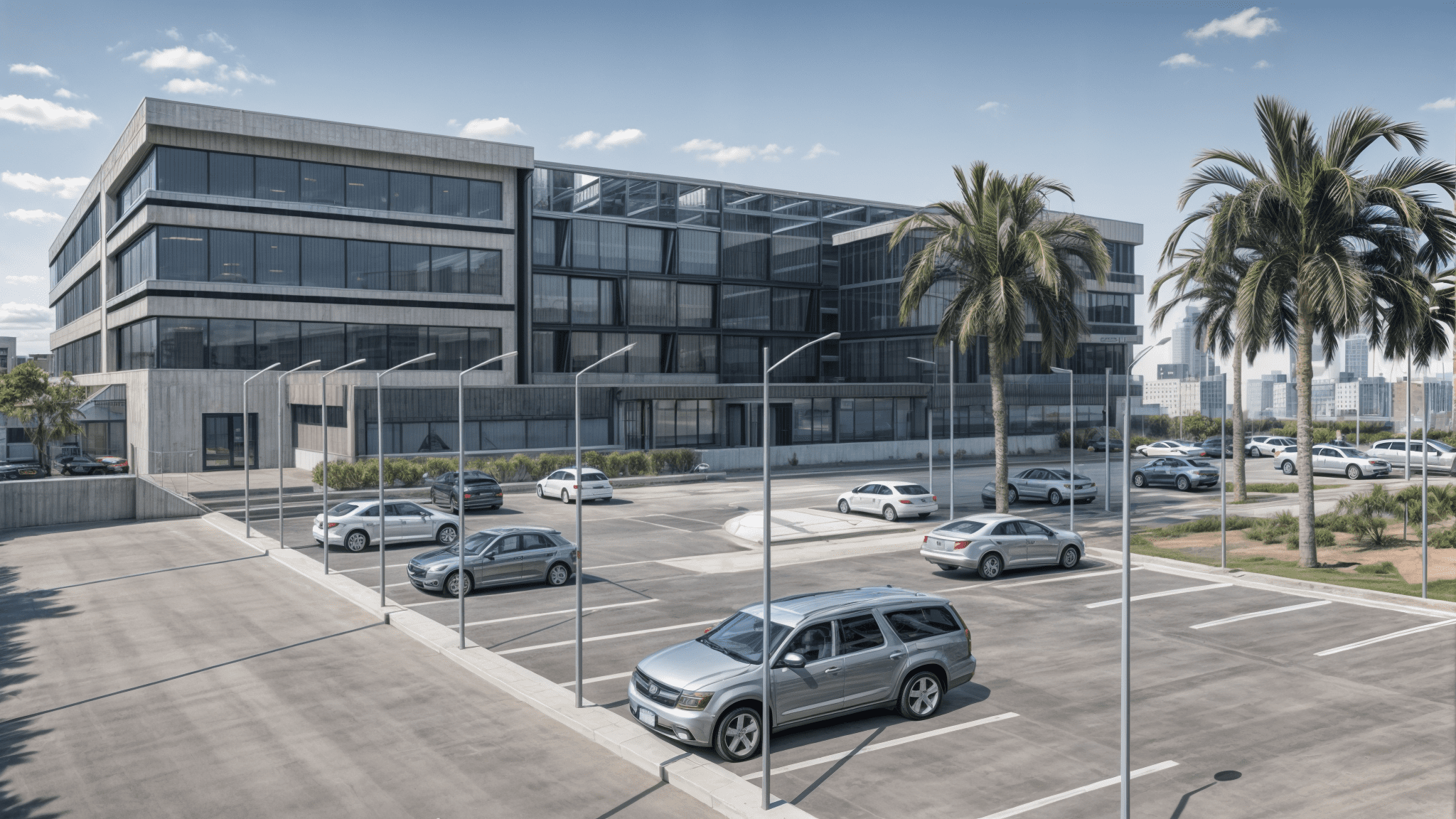Future Trends in Architecture and Interior Design for Commercial Spaces
Introduction
The world of interior design trends 2025 is evolving rapidly, driven by sustainability, smart technologies, and flexible workspaces. Businesses are prioritizing eco-friendly materials, adaptable designs, and wellness-focused environments to enhance functionality and aesthetics.
Trend 1: Sustainable and Eco-Friendly Designs
Sustainable architecture is evolving rapidly, with innovations in green building materials and energy-efficient systems becoming industry standards. According to Architecture trends 2025, architects are prioritizing eco-conscious designs that minimize environmental impact while enhancing building efficiency. These initiatives reduce operational costs, improve indoor air quality, and appeal to eco-conscious tenants, influencing leasing decisions and market competitiveness.
Check our Urban & Landscape Projects

Trend 2: Integration of Smart Technologies
Smart technology is revolutionizing commercial spaces, with automation, AI-driven systems, and IoT-enabled devices enhancing operational efficiency. A report on How Smart Technology is Transforming Interior Design in 2025 highlights how intelligent climate control, smart lighting, and security systems are reshaping modern workplaces.
Check DESIGNODES Office

Trend 3: Flexible and Adaptable Spaces
Incorporating natural elements such as greenery, water features, and natural materials has been shown to improve well-being and productivity. A study on The Benefits of Biophilic Design in Workspaces explains how connecting employees with nature through interior design enhances creativity and reduces stress.
Check Westridge One Real Estate

Trend 4: Biophilic Design Elements
The modern workplace prioritizes employee well-being, integrating features like improved air quality, natural lighting, and wellness-focused amenities. According to Workplace Wellness Trends Shaping Office Spaces in 2025, businesses are investing in ergonomic furniture, relaxation areas, and biophilic elements to support employee health and satisfaction.

Trend 5: Emphasis on Health and Wellness
Post-pandemic, there is a heightened focus on health and wellness in commercial design. Features such as improved air filtration systems, ample natural lighting, and the inclusion of fitness and relaxation areas are becoming standard. These considerations not only promote the health of occupants but also enhance employee satisfaction and retention.

Trend 6: Use of Sustainable Materials
The selection of materials plays a crucial role in sustainable design. Architects are opting for materials that are not only durable but also have a lower environmental footprint. This includes recycled materials, low-VOC paints, and sustainably sourced wood. Such choices contribute to healthier indoor environments and support global sustainability goals.


